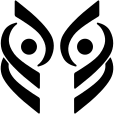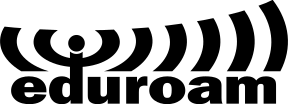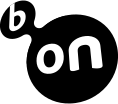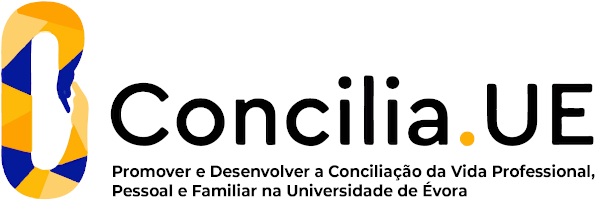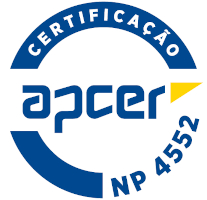2025
Sanitary Inspection II
Name: Sanitary Inspection II
Code: MVT15229I
6 ECTS
Duration: 15 weeks/156 hours
Scientific Area:
Veterinary Medicine
Teaching languages: Portuguese
Languages of tutoring support: Portuguese, English
Regime de Frequência: Presencial
Learning Goals
To promote the future veterinarians' civic and social awareness of their responsibility in deciding to approve food for human consumption.
To develop observation skills and a critical sense of medical facts that allow assessing the suitability of meat from poultry, lagomorphs, eggs and fishery products for human consumption.
To know: the legislation applicable to the Sanitary Food Inspection in an integrated perspective, covering aspects related to the salubrity and genuineness of food, the control of zoonoses, hygiene and training of professionals in the food sector;
the current concepts of food safety and slaughter operations and catching of fish;
the rules of animal welfare in transport, slaughterhouse and slaughter;
the characteristics of normal and altered meat;the characteristics of fishery products
To know and execute the procedures of sanitary food inspection and of the control of by-products.
To have the competence to decide on the suitability or not of meat for human consump
To develop observation skills and a critical sense of medical facts that allow assessing the suitability of meat from poultry, lagomorphs, eggs and fishery products for human consumption.
To know: the legislation applicable to the Sanitary Food Inspection in an integrated perspective, covering aspects related to the salubrity and genuineness of food, the control of zoonoses, hygiene and training of professionals in the food sector;
the current concepts of food safety and slaughter operations and catching of fish;
the rules of animal welfare in transport, slaughterhouse and slaughter;
the characteristics of normal and altered meat;the characteristics of fishery products
To know and execute the procedures of sanitary food inspection and of the control of by-products.
To have the competence to decide on the suitability or not of meat for human consump
Contents
THEORETICAL
1.SANITARY INSPECTION OF POULTRY AND LAGOMORPHS
Volume of slaughter, consumption and provisioning
Transport of animals;
Slaughterhouses and slaughter operations;
Animal by-products;
Ante, In and post-mortem inspection;
Non-specific abnormalities
Specific pathology
Applicable legislation
2.SANITARY INSPECTION OF EGGS
Production and provisioning
Structure, genesis and egg defense mechanisms
Changes in fresh and stored eggs
3.SANITARY INSPECTION OF FISHERY PRODUCTS
Current fisheries situation
Anatomy and physiology of fishery products
Fishing gear and operations
Post capture inspection
Applicable legislation
PRACTICAL
1.SANITARY INSPECTION OF POULTRY AND LAGOMORPHS
Procedures and application of ante and post mortem decisions.
Water and wastewater treatment plants
2.SANITARY INSPECTION OF EGGS
Fresh and stored eggs altered
3.SANITARY INSPECTION OF FISHERY PRODUCTS
Identification of species, commercialization in auctions and inspection procedures. Hygio-sanitary control of
1.SANITARY INSPECTION OF POULTRY AND LAGOMORPHS
Volume of slaughter, consumption and provisioning
Transport of animals;
Slaughterhouses and slaughter operations;
Animal by-products;
Ante, In and post-mortem inspection;
Non-specific abnormalities
Specific pathology
Applicable legislation
2.SANITARY INSPECTION OF EGGS
Production and provisioning
Structure, genesis and egg defense mechanisms
Changes in fresh and stored eggs
3.SANITARY INSPECTION OF FISHERY PRODUCTS
Current fisheries situation
Anatomy and physiology of fishery products
Fishing gear and operations
Post capture inspection
Applicable legislation
PRACTICAL
1.SANITARY INSPECTION OF POULTRY AND LAGOMORPHS
Procedures and application of ante and post mortem decisions.
Water and wastewater treatment plants
2.SANITARY INSPECTION OF EGGS
Fresh and stored eggs altered
3.SANITARY INSPECTION OF FISHERY PRODUCTS
Identification of species, commercialization in auctions and inspection procedures. Hygio-sanitary control of
Teaching Methods
The theoretical classes will be taught following the exhibition method supported by audio-visual techniques and stimulating the participation and intervention of students.
Practical classes are articulated and complement the theoretical classes, taking place in Poultry and in Lagomorphs slaughterhouses, in fish auctions and in establishments where are obtained and processed fishery products such as aquaculture, fishing vessel, purification and dispatch centre for bivalves and fish factories.
Practical classes are articulated and complement the theoretical classes, taking place in Poultry and in Lagomorphs slaughterhouses, in fish auctions and in establishments where are obtained and processed fishery products such as aquaculture, fishing vessel, purification and dispatch centre for bivalves and fish factories.
Assessment
Continuous assessment consists of two written tests (T1 and T2) and one oral test (PO) and one portfolio. The final assessment consists of a final written test (TF) and an oral test (PO) and one portfolio.
Minimum grade - 9.5 points in all tests.
Written exam grade = 50% T1 + 50% T2 or 100% TF
Oral exam score = 80% PO + 20% Portfolio
FINAL GRADE = average of the written grade and the oral grade.
Minimum grade - 9.5 points in all tests.
Written exam grade = 50% T1 + 50% T2 or 100% TF
Oral exam score = 80% PO + 20% Portfolio
FINAL GRADE = average of the written grade and the oral grade.
Teaching Staff
- Sónia Félix Vilas Boas de Lucena [responsible]








